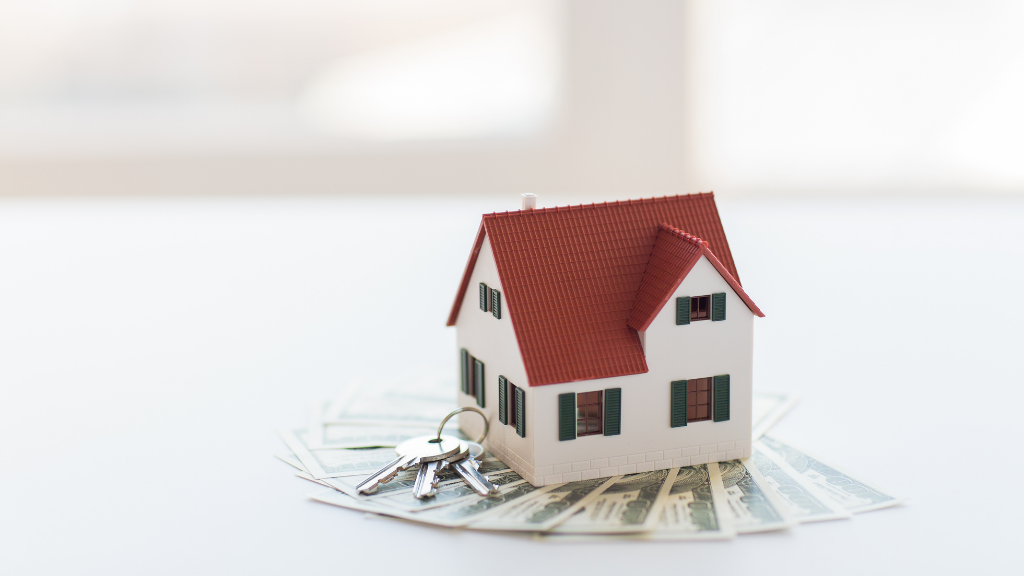The Black homeownership rate is now lower than it was a decade ago

By Anna Bahney, CNN Business
(CNN) -- Even as home prices have skyrocketed during the pandemic, homeownership continues to grow. But the rate of home buying has not increased at the same pace for all Americans, according to a new report from the National Association of Realtors.
More Americans own a home now than in any year following the Great Recession, with the US homeownership rate climbing to 65.5% in 2020, according to NAR. That's up 1.3% from 2019, the largest annual increase on record.
But Black homeownership, at 43.4%, remains lower than it was a decade ago. And it is nearly 30 percentage points behind the White homeownership rate of 72.1%. Meanwhile, the Hispanic homeownership rate rose to an all-time high, reaching over 50% for the first time, and the Asian homeownership rate is 61.7%.
"Housing affordability and low inventory has made it even more challenging for all buyers to enter into homeownership, but even more so for Black Americans," said Jessica Lautz, NAR vice president of demographics and behavioral insights.
The disparities highlight the challenges that minority home buyers face, said Lautz.
"Today, homeownership is the principal source of wealth creation for most American households," said Marcia L. Fudge, Secretary of the Department of Housing and Urban Development, in a statement. "Unfortunately, NAR's report confirms that Black Americans are being locked out of homeownership opportunities at an even higher rate than a decade ago."
Secretary Fudge added: "It is critical that we bridge the racial homeownership gap with intentional solutions that recognize both the persistent history of discrimination and inequity, and the current crisis of housing affordability."
Who can afford to buy
The ability to afford a home has gotten much more difficult during the pandemic for entry-level buyers, NAR found.
Since 2019, home prices have spiked 30% -- or an average of about $80,000 for a typical home. Meanwhile, housing inventory has declined to under one million units available for sale. And about half of those homes are only affordable to households with at least $100,000 in annual income, the report found.
While households earning more than $100,000 a year include nearly half of all Asian households and 35% of White households, only 25% of Hispanic households earn that much and just 20% of Black households do.
The states that are most affordable for Black households to purchase a home are Maryland, West Virginia, Kansas, Ohio and Indiana, according to an NAR analysis based on income levels and availability of homes. The least affordable states for Black households are Utah, Oregon, California, Nevada and Rhode Island.
Economic disparities
In addition to purchasing homes at a lower rate, Black and Hispanic home buyers face serious obstacles along the road to homeownership.
Black and Hispanic Americans report being rejected for mortgages at a higher rate than their White and Asian peers and Black Americans report higher incidence of discrimination in a real estate transaction, according to NAR.
Black households are also the most likely of any group of homebuyers to be weighed down with student loan debt, which can prevent prospective home buyers from saving for a down payment. The 41% of Black households with student debt is more than twice that of Asian households at 18% and nearly twice that of White households at 22%, while 26% of Hispanic households have student debt.
The amount of student loan debt tends to be larger for Black Americans, too, with a median debt balance of $45,000, greater than that of Hispanic households at $35,500, White households at $30,000, and Asian households at $24,400, according to the report.
Black households also face an outsized challenge in saving to buy a home since half of Black renter households are cost burdened, spending more than 30% of their income on rent. In addition, 28% are "severely cost burdened" and pay half or more of their income on rent.
"Black households not only spend a bigger portion of their income on rent, but they are also more likely to hold student debt and have higher balances," Lautz said. "This makes it difficult for Black households to save for a down payment and as a result, they often use their 401(k) or retirement savings to enter homeownership."
Black Americans and Hispanic Americans were at least twice as likely as White Americans to tap into their 401(k) or pension funds as a down payment source for a home purchase, according to NAR.
Closing the gap
A consortium of housing groups, including NAR, has created the Black Homeownership Collaborative, which aims to increase Black homeownership by 3 million households by 2030. Recommendations to achieve this include improvements in homeownership counseling and down payment assistance, credit and mortgage products for underserved and excluded populations, and expanding the number of affordable homes.
According to the group, bringing the rate of Black homeownership up to that of White Americans would require increasing the number of existing Black homeowners by 72% or roughly 5 million.
Separately, HUD established an interagency task force on bias in the appraisal industry and launched a homebuyer assistance program, which provides funding to states to support sustainable homeownership.
The-CNN-Wire
™ & © 2022 Cable News Network, Inc., a WarnerMedia Company. All rights reserved.